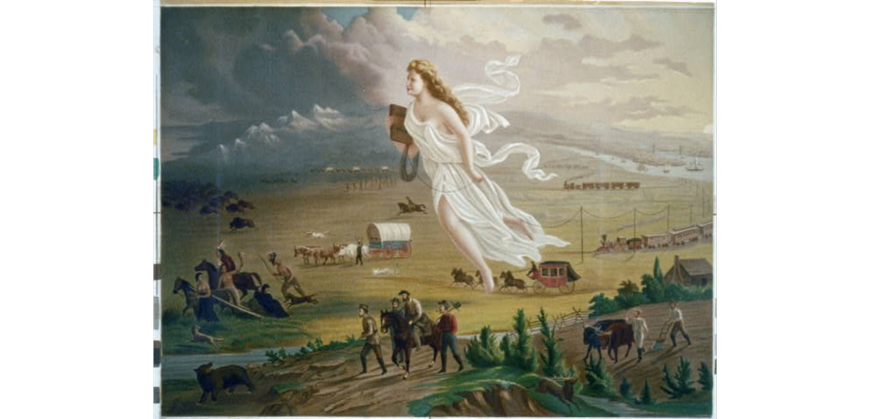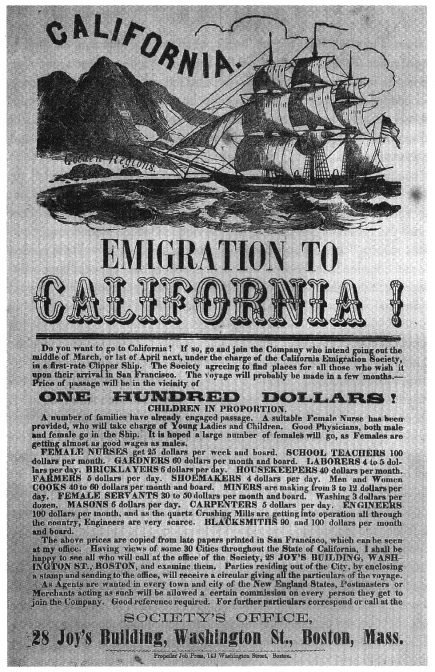Unit 7 Scaffolded Deconstructed DBQ Assignment Sheet and Document Set
Scaffolded Document Set that addresses the question: how did the drive for territorial expansion shape the nation’s identity and create new challenges for the United States?
Instructions
Read and analyze each document in the set. Use the vocabulary to support your understanding and/or take notes on a piece of paper as you read. Then, use the graphic organizer to plan your response to the question. The graphic organizer has more information and support to understand the task.
In your response you should:
- Use relevant evidence from the documents to support your thesis and line of reasoning.
- Respond to the prompt with a defensible thesis that establishes a line of reasoning.
- Analyze the sources (documents) using the VIEW technique.
- Group the sources (documents) based on similarities or connections.
DBQ Question: How did the drive for territorial expansion shape the nation’s identity and create new challenges for the United States?
Documents
Document A: Interview with Harriet Scott Palmer (1939)
| On and on, we journeyed – averaging 15 miles a day over cactus, sagebrush, and hot sand. Everybody’s shoes gave out, and we bartered with Indians for moccasins, but that didn’t help much about the prickly pears. One by one, the oxen fell by the way. We came to Burnt River – a most desolate country. Here, our baby brother, Willie, fell sick. It was in the heat of August. The train was halted so that the darling child of four years could be better cared for, but he became unconscious and passed away. | sagebrush- dry, shrubby plants
bartered- traded goods without money moccasins- shoes worn by Native Americans prickly pears- a type of cactus fell by the way– died desolate- deserted, empty |
Analysis Questions:
|
|
Document B: American Progress by John Gast (1872)
 Link to Original Source Link to Original Source |
In American Progress, painter John Gast portrays Manifest Destiny by showing Columbia, a symbol of the United States, floating westward with settlers, trains, and telegraph wires following her. As she moves into the dark frontier, Native Americans and wild animals flee. |
Analysis Questions
|
|
Document C: Excerpt from the Gadsden Treaty (1853)
| … In consideration of the foregoing stipulations, the Government of the United States agrees to pay to the government of Mexico… the sum of ten millions of dollars, of which seven millions shall be paid immediately upon the exchange of the ratifications of this treaty, and the remaining three millions as soon as the boundary line shall be surveyed, marked, and established… | foregoing stipulations- conditions or agreements already mentioned
ratifications- approvals |
Analysis Questions:
|
|
Document D: Excerpt from the Indian Removal Act (1830)
| Be it enacted by the Senate and House of Representatives of the United States of America, in Congress assembled, That it shall and may be lawful for the President of the United States to cause so much of any territory belonging to the United States, west of the river Mississippi, not included in any state or organized territory, and to which the Indian title has been extinguished, as he may judge necessary, to be divided into a suitable number of districts, for the reception of such tribes or nations of Indians… | enacted- made law
extinguished- ended, terminated reception- receiving or taking in |
Analysis Questions:
|
|
Document E: Handbill from the California Emigration Society, Boston (1856)
 Link to Original Source Link to Original Source |
Gold was discovered in California in 1848. Afterward, getting to California to strike it rich was a pull factor for many people. This handbill features information for people, including families, interested in moving west to California for reasons other than gold. |
Analysis Questions:
|
|
Document F: Excerpt from President James Polk’s Message to Congress (1845)
| …The terms of annexation which were offered by the United States having been accepted by Texas, the public faith of both parties is solemnly pledged to the compact of their union… This accession to our territory has been a bloodless achievement. No arm of force has been raised to produce the result. The sword has had no part in the victory. We have not sought to extend our territorial possessions by conquest, or our republican institutions over a reluctant people. It was the deliberate homage of each people to the great principle of our federative union. If we consider the extent of territory involved in the annexation, its prospective influence on America, the means by which it has been accomplished, springing purely from the choice of the people themselves to share the blessings of our union, the history of the world may be challenged to furnish a parallel | annexation- the taking of land, in some cases where one party voluntarily gives it up
public faith- promise or commitment solemnly- in a formal manner accession- to add reluctant- hesitant homage- acknowledgement prospective- future effect furnish a parallel- provide an equal |
Analysis Questions:
|
|
Document G: Alexis de Tocqueville, Democracy in American (1848)
| “The state of Kentucky was founded in 1775, the state of Ohio only twelve years later…Today the population of Ohio already exceeds that of Kentucky by 250,000 inhabitants…
These diverse effects of slavery and freedom are easily understood…. On the left bank of the Ohio work is blended with the idea of slavery; on the right bank, with that of well-being and progress; there it is degraded, here they honor it; on the left bank of the river, one cannot find workers belonging to the white race; on the right bank one would seek in vain for an idle man…. The whites on the right bank, obliged to live by his own efforts, has placed in material well-being the principal goal of his existence….The American on the left bank scorns not only work, but all the undertakings that work makes successful; living in idle ease.” |
Inhabitants- people who live in an area
diverse- varied When looking at the Ohio River from the East, Ohio is on the right bank and Kentucky is on the left. degraded- lowered in value idle- not working, without purpose obliged- morally bound principal- main or most important scorns- to feel or express distaste |
Analysis Questions:
|
|